Fix: Audacity Could not Find any Audio Devices
Audacity is a widely used audio recording software that enables users to record and edit their soundtracks. Upon installation, it detects your input device so that it is ready for you to record any soundtracks should you wish to. However, one of the issues that users face during this phase is the “Could not find any audio devices” error message. The dialog box indicates that the initialization of the audio device has failed and thus Audacity cannot access the audio device available on your system. This can be really tedious because, without the audio device, you really can’t do anything with the application.

Now, this can be caused due to a number of reasons that include other audio recording software that you might have installed on your system and more. In some scenarios, this error message can appear when an application on your system gains exclusive access to your input device or the sound card. Nonetheless, we will be going through the different causes in detail down below so that you are aware of the reasons why the issue is being triggered. With that said, let us get into it.
- Audio Drivers — One of the main reasons why you might face this error message could be linked to the audio drivers on your system. There are two scenarios that can trigger the issue. One, the audio drivers on your system are outdated and thus need to be updated. Secondly, in some cases, it can happen that the drivers on your system are not the correct audio drivers that should be used for your motherboard/sound card. Therefore, you will have to download and install the latest and correct version available in order to circumvent the problem.
- Other Third-Party Recording App — As it turns out, the issue can also be triggered by any other third-party recording applications in some cases on your system. This happens when the app is either not allowing access to Audacity by gaining exclusive access to the sound card or just interfering with the app in general. If this case is applicable to you and you have additional recording software installed on your system, you should consider removing them to resolve the issue.
Now that we have gone through the possible causes of the said error message, you probably have a better understanding of what could essentially result in the error message. With that said, let us get into the different methods that you can use to resolve the issue. However, before we begin, you should make sure that the device is actually available and detected by Windows. This can be done by going to the Devices and Printers option in the Control Panel.
Method 1: Restart your System
The first thing that you should do when you get the said error message is to simply restart your computer. This is because once you install Audacity and run it for the first time, it tries to automatically detect your audio input-output devices so that you do not have to manually set them up. Now, as it tries to do this, it might not be able to access your microphone because another app is using the device exclusively. This, as a result, prevents Audacity from accessing the device, and you are shown the error message on the screen.
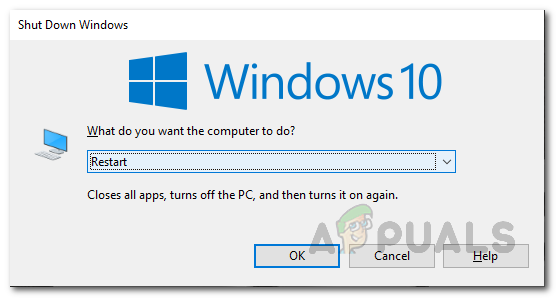
Now, in order to solve this, what you have to do is simply restart your computer. Once your computer boots up, you won’t have any apps that start using the device directly. Therefore, once you run Audacity after rebooting, it should be able to detect and access it and you won’t be shown any error message. Thus, go ahead and reboot your system to see if the issue is resolved.
Method 2: Install Audio Drivers
Another reason that the error message may be appearing is when your audio drivers are either not up to date or incorrect. Audio drivers are often the main cause of the said error message; therefore, this is very likely to circumvent the issue for you. To do that, you will have to first try updating your drivers to see if there are any updates available. If that does not work out, then you will have to manually download the audio drivers from the manufacturer’s website and install them on your system. That should resolve the issue. Follow through the steps down below to achieve this.
Update Drivers
- This is the easier step and the first thing that you should try while checking your audio drivers.
- To do this, open up the Start menu and then search for the Device Manager. From the results shown, open it up.
- Then, expand the Sound, video, and game controllers‘ option.
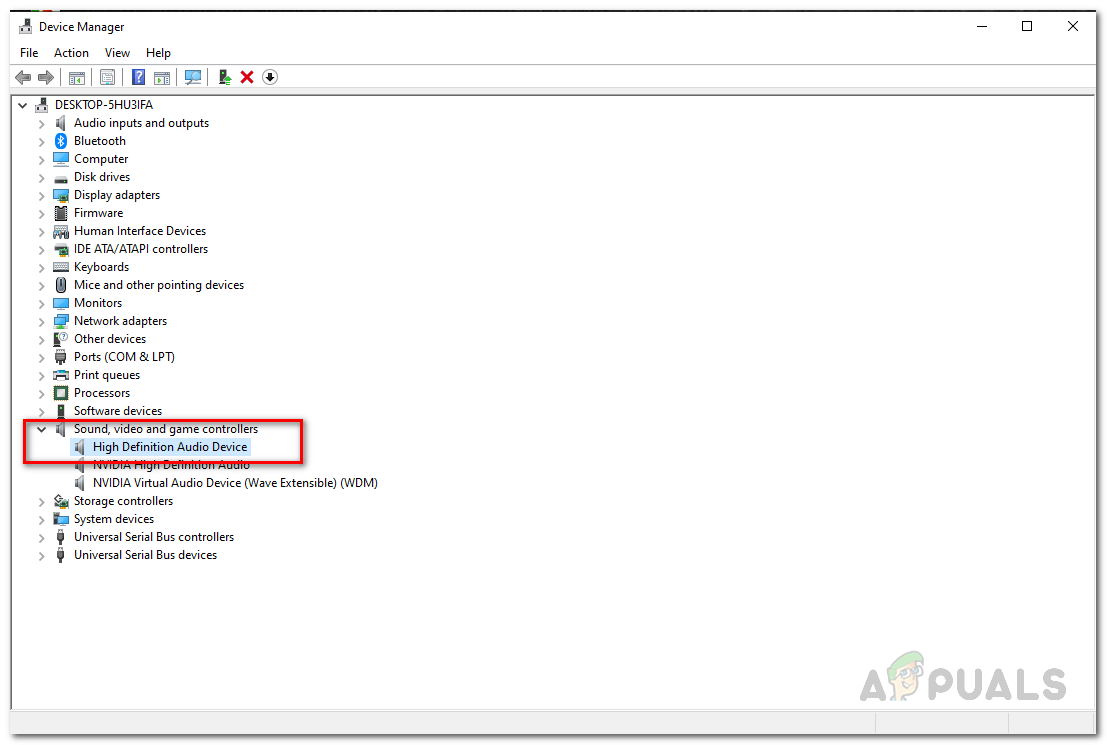
Device Manager - There, locate your sound card and then double-click on it.
- Go to the Driver tab and click the Update Driver button.
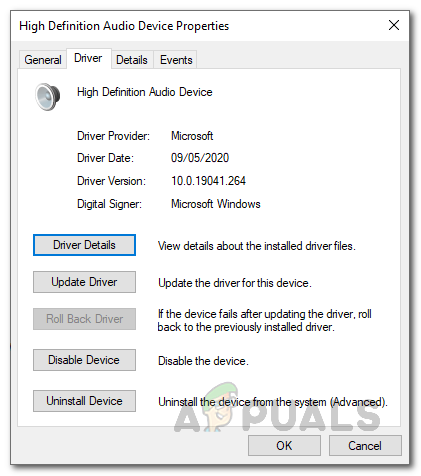
Sound Driver Details - Click on the Search automatically for drivers‘ option.
- Install any updates if available.
- You can also expand the Audio inputs and outputs option to make sure your audio device is listed there. If it is, do the same for it as well.
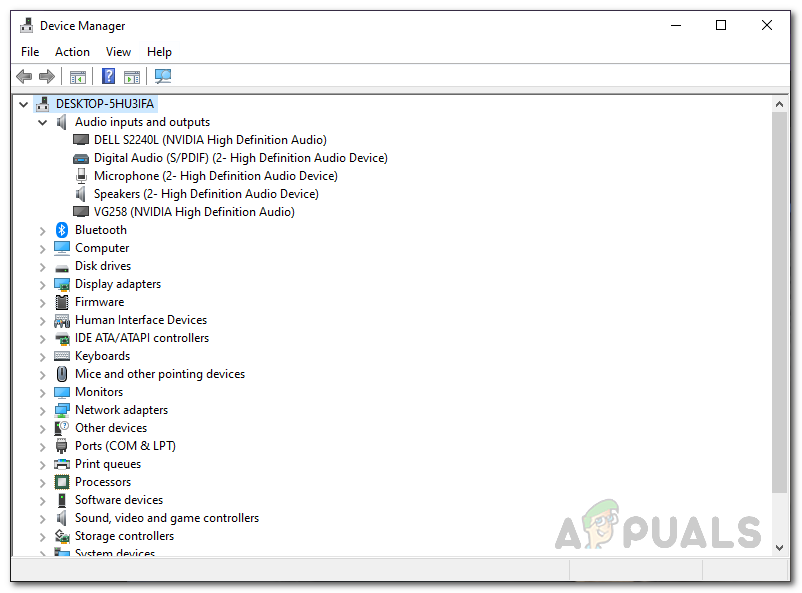
Device Manager - Once you have done that, see if the issue has been resolved.
Manually Download Drivers
If the above does not work out, you will have to manually download the drivers from the manufacturer’s website and then install them. To do this, follow the instructions down below:
- First of all, open up the Run dialog box by pressing the Windows key + R.
- Then, in the dialog box, type in msinfo32 and hit the Enter key.
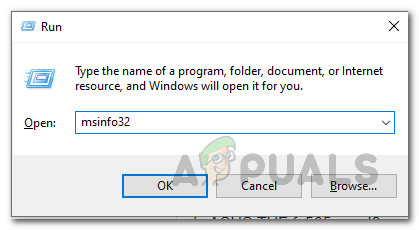
Run Dialog Box - This shall open a new window called System Information. Here, you will be shown all of the details of the different components that you have.
- Here, on the right-hand side, look for BaseBoard Manufacturer and BaseBoard Product.

System Information - That’ll show you the manufacturer of your motherboard and what motherboard you are using.
- Now, open up your browser and search for the audio drivers of that specific motherboard. In this example, we will be searching for Asus motherboard audio drivers.
- Download the latest version of the audio drivers for your motherboard and then install them.
- Once you have done that, reboot your system and then open up Audacity.
- See if the issue has been resolved.
Method 3: Uninstall Other Third-Party Recording Software
Finally, if none of the above methods work out for you, it may very well be due to an additional recording software that you have installed on your system. As it turns out, in some scenarios, it can happen that other third-party recording software might be interfering with the process due to which Audacity is not able to access the device and you are shown the error message. One of the applications known for doing this is called the Total Recorder. However, it may not be limited to that, rather that is only known for causing such an issue. This means, if you have any different software for audio recording purposes, it may very well be the root of the problem. Therefore, you will have to uninstall any such software and then reboot your system. Once you have done that, see if the issue persists for you.





